Home>Garden Essentials>How Long Does It Take Banana Peppers To Germinate
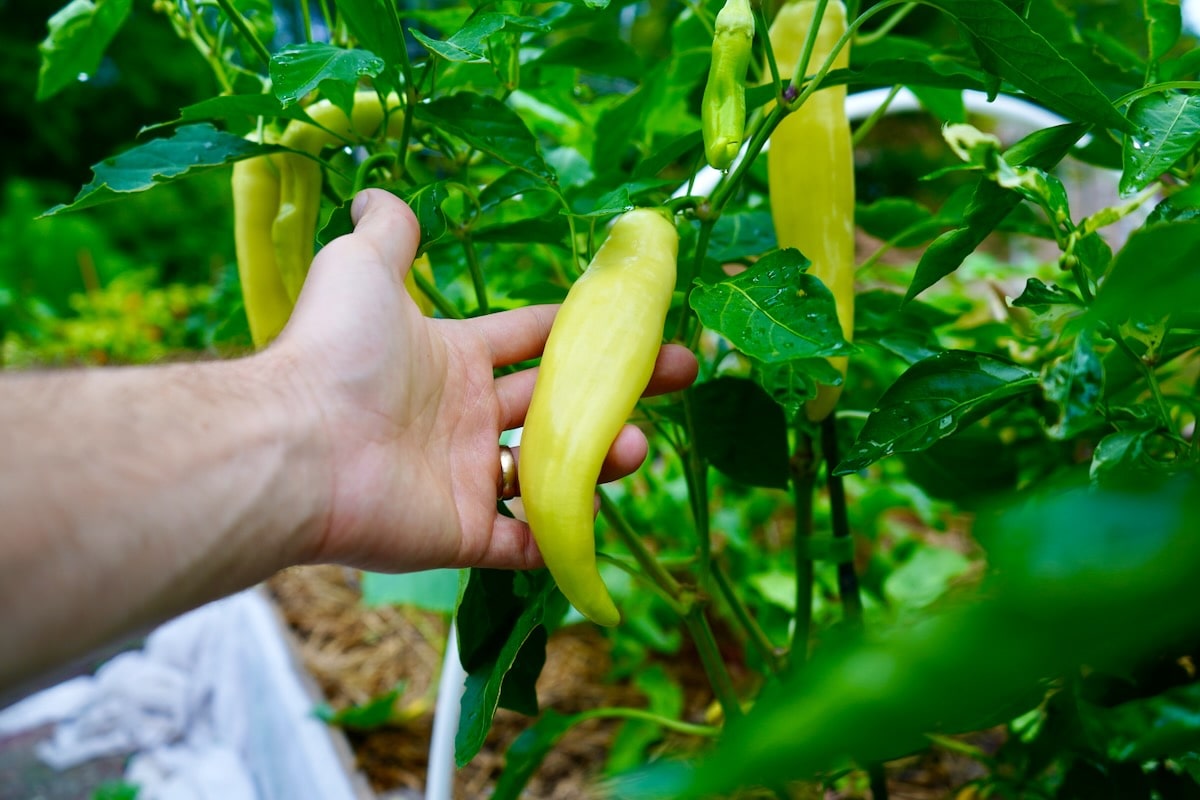

Garden Essentials
How Long Does It Take Banana Peppers To Germinate
Modified: March 24, 2024
Discover how long it takes banana peppers to germinate in your garden. Get expert insights and tips to ensure successful pepper seed starting.
(Many of the links in this article redirect to a specific reviewed product. Your purchase of these products through affiliate links helps to generate commission for Storables.com, at no extra cost. Learn more)
Introduction
Welcome to the world of gardening! If you’re a pepper lover and have recently ventured into growing your own vegetables, you may have come across banana peppers. With their mild and tangy flavor, banana peppers make a delightful addition to salads, sandwiches, and even pickled preparations.
In this article, we’ll delve into the fascinating process of germinating banana pepper seeds. Germination is the first crucial step in the life cycle of a plant, where seeds sprout and develop into seedlings. Understanding the factors that influence germination time and providing the optimal conditions can greatly enhance the success of your gardening endeavors.
Before we explore the germination process, let’s take a closer look at what exactly banana peppers are.
Key Takeaways:
- Germinating banana pepper seeds requires warmth, moisture, and patience. Providing optimal conditions and troubleshooting issues can lead to successful germination in 7 to 14 days.
- Banana peppers, with their mild and tangy flavor, are versatile and nutritious. Growing them from seeds is a rewarding process that can yield a bountiful supply for culinary creations.
What are Banana Peppers?
Banana peppers, scientifically known as Capsicum annuum, are a type of chili pepper that is popular for its mild and sweet flavor. They are widely used in culinary dishes around the world, adding a subtle heat and tangy taste. These peppers are elongated and typically yellow, resembling the shape of a banana, hence the name “banana peppers.”
One of the key advantages of banana peppers is their versatility in the kitchen. They can be enjoyed raw, adding a crisp and refreshing element to salads and sandwiches. They can also be cooked, stuffed, or pickled, providing a zesty kick to various dishes. The mild heat level of banana peppers makes them suitable for those who prefer a milder spice compared to other chili peppers like jalapenos or habaneros.
Aside from their culinary appeal, banana peppers are also a nutritional powerhouse. They are rich in vitamins A and C, as well as antioxidants that help boost immunity and promote overall health. Incorporating banana peppers into your diet can add a burst of flavor while providing essential nutrients.
Now that we have a basic understanding of banana peppers, let’s dive into the germination process to learn how to start growing these delicious peppers in your own garden.
Germinating Banana Pepper SeedsGerminating banana pepper seeds is a relatively simple and rewarding process that allows you to kickstart the growth of your pepper plants. By following a few key steps, you can ensure a successful germination and set your plants up for healthy growth.
1. Choose high-quality seeds: Start with fresh, high-quality banana pepper seeds. You can obtain these seeds from reputable seed companies, local nurseries, or even save seeds from mature banana peppers you have enjoyed.
2. Pre-soak the seeds: Some gardeners recommend pre-soaking the banana pepper seeds in water for 12 to 24 hours before planting. This can help soften the seed coat and promote faster germination.
3. Prepare a suitable container: Select a seed tray or small pots with good drainage holes to plant your banana pepper seeds. Fill the containers with a well-draining seed starting mix, which provides the necessary nutrients and moisture retention for germination.
4. Plant the seeds: Make small planting holes in the seed starting mix, about ¼ inch deep. Place one or two banana pepper seeds in each hole and cover them with a thin layer of soil. Space the seeds at least 2 to 3 inches apart to ensure proper air circulation and reduce the risk of overcrowding.
5. Water and maintain moisture: After planting, gently water the soil to ensure it is evenly moist. To maintain moisture levels, cover the container with a plastic dome or loosely place a plastic wrap over the top. This creates a greenhouse-like environment that helps retain moisture and warmth, promoting germination.
6. Provide adequate warmth and light: Banana pepper seeds require a warm temperature range of 70 to 85 degrees Fahrenheit (21 to 29 degrees Celsius) for optimal germination. Place the container in a warm location, such as near a sunny window or using a heat mat if necessary. Additionally, make sure the germinating seeds receive 12 to 16 hours of light each day.
7. Monitor and adjust: Regularly check the moisture levels in the soil and adjust watering as needed. Avoid overwatering, as excessively wet soil can lead to damping-off, a fungal disease that can harm seedlings. Ensure proper airflow by removing the plastic cover once seedlings start to emerge.
8. Transplanting seedlings: Once the seedlings have developed their first set of true leaves and are around 2 to 3 inches tall, they are ready to be transplanted into larger pots or directly into the garden, if the weather and soil conditions are favorable.
Germinating banana pepper seeds requires patience and consistent care, but with the right techniques, you can enjoy the satisfaction of watching your pepper plants grow from tiny seeds into thriving plants that yield an abundance of delicious peppers.
Factors Affecting Germination Time
The germination time of banana pepper seeds can vary based on several factors. Understanding these factors can help you anticipate and optimize the germination process for successful seedling development.
1. Seed Quality: The quality of the banana pepper seeds you use plays a significant role in germination time. Fresh, viable seeds are more likely to germinate quickly and produce healthy seedlings. Ensure you acquire seeds from reliable sources to increase the chances of successful germination.
2. Temperature: Temperature is a critical factor that affects germination time. Banana pepper seeds germinate best in warm soil temperatures between 70 to 85 degrees Fahrenheit (21 to 29 degrees Celsius). Cooler temperatures can slow down the germination process, while temperatures outside the optimum range may result in poor germination or seedling mortality. Providing consistent warmth can help accelerate germination.
3. Moisture: Adequate moisture is essential for seed germination. If the soil is too dry, the seeds may remain dormant and take longer to sprout. On the other hand, excessive moisture can lead to rot or fungal diseases. It’s essential to maintain proper moisture levels by watering the soil gently and regularly monitoring the moisture content. The use of a plastic dome or plastic wrap on the seed tray can help retain moisture during the germination process.
4. Light: While light is not necessary for the germination of banana pepper seeds, providing sufficient light once the seedlings emerge can enhance their growth and development. Place the seed tray in a location with 12 to 16 hours of bright, indirect sunlight or use artificial grow lights to ensure the seedlings receive adequate light for healthy growth.
5. Soil Quality: The quality of the soil medium can impact germination time. A well-draining seed starting mix provides the right balance of moisture retention and aeration, which promotes healthy seedling development. It’s recommended to use a sterile seed starting mix specifically formulated for starting seeds to minimize the risk of diseases and provide optimal conditions for germination.
6. Seed Dormancy: Some banana pepper seeds may exhibit natural dormancy, requiring specific conditions to break their dormancy and initiate germination. Pre-soaking the seeds or subjecting them to a period of cold stratification (chilling) can help overcome seed dormancy and stimulate germination. However, not all banana pepper seeds have dormancy requirements.
By understanding and taking these factors into consideration, you can create the ideal conditions to promote timely germination of your banana pepper seeds. Patience, attention to detail, and consistent care will yield healthy, vibrant seedlings that will eventually grow into fruitful pepper plants.
Banana pepper seeds typically germinate within 7-14 days when kept in a warm, moist environment. To speed up the process, you can pre-soak the seeds in water for 24 hours before planting. Keep the soil consistently moist but not waterlogged for best results.
Ideal Conditions for Germination
Creating the ideal conditions for germination is crucial to ensure the successful development of banana pepper seeds. By providing the optimal environment, you can maximize the chances of quick and healthy germination. Here are the key factors to consider:
1. Temperature: Banana pepper seeds require warm soil temperatures for germination. Aim for a temperature range of 70 to 85 degrees Fahrenheit (21 to 29 degrees Celsius). To maintain consistent warmth, consider using a seedling heat mat or placing the seed tray in a warm location, such as near a sunny window or on top of a refrigerator.
2. Moisture: Moisture is essential to trigger the germination process. Keep the soil consistently moist but not waterlogged. Water the soil gently to avoid displacing the seeds, and use a spray bottle or a watering can with a fine spout to prevent excessive moisture. Regularly check the moisture levels and adjust watering as needed to ensure a damp environment for the seeds.
3. Light: While light is not necessary for the initial germination of banana pepper seeds, providing sufficient light once the seedlings emerge is crucial for their growth and development. Place the seed tray in a location that receives bright, indirect sunlight for at least 12 to 16 hours a day. If natural light is limited, consider using fluorescent grow lights positioned 6 to 8 inches above the seedlings.
4. Air Circulation: Adequate air circulation is essential for preventing the build-up of excess humidity, which can lead to fungal diseases. Once the seedlings start emerging, remove any plastic coverings or wraps from the seed tray to promote airflow around the seedlings. This will help prevent issues such as damping-off and mold growth.
5. Seed Starting Mix: Use a well-draining seed starting mix that provides a balance of moisture retention and aeration. Avoid heavy soils or those that compact easily, as they can inhibit root growth and reduce the chances of successful germination. A mixture of peat moss, perlite, and vermiculite is commonly used for starting pepper seeds.
6. Patience and Consistency: Germination can take anywhere from 7 to 14 days or longer, depending on the conditions and seed quality. Be patient and resist the temptation to disturb the seeds or make unnecessary adjustments. Maintain a consistent environment by monitoring temperature, moisture levels, and light exposure daily.
By providing the ideal conditions of warmth, moisture, light, and proper soil mix, you set the stage for successful germination of your banana pepper seeds. Remember to be patient, as germination can vary based on factors such as the seed quality, varieties, and environmental conditions. Keep a close eye on your seedlings and provide the necessary care as they grow into healthy pepper plants.
Germination Timeframe
The germination timeframe for banana pepper seeds can vary depending on various factors, including the quality of the seeds, environmental conditions, and specific variety of banana pepper. On average, banana pepper seeds take about 7 to 14 days to germinate under optimal conditions.
It’s important to note that germination can be influenced by factors such as temperature, moisture, light exposure, and seed dormancy. Providing favorable conditions can help expedite the germination process, while unfavorable conditions may lead to delays or poor germination rates.
At the ideal temperature range of 70 to 85 degrees Fahrenheit (21 to 29 degrees Celsius), banana pepper seeds can typically start sprouting within a week. However, if the temperature is lower or fluctuates outside this range, germination may take longer.
Moisture is crucial for seeds to absorb and activate the internal biochemical processes necessary for germination. Keeping the soil evenly moist, but not waterlogged, helps promote faster germination. Inconsistent moisture levels may cause delays or uneven germination rates.
While light is not required for initial germination, providing sufficient light after the seedlings emerge helps promote healthy growth. Bright, indirect sunlight or artificial grow lights with a 12 to 16-hour daily photoperiod are recommended to support the development of strong seedlings.
In some cases, banana pepper seeds may exhibit natural dormancy, requiring specific conditions to break the dormancy and trigger germination. Pre-soaking the seeds or providing a period of cold stratification (chilling) may be necessary to overcome dormancy. However, not all banana pepper seeds have dormancy requirements.
It’s essential to monitor the progress of germination regularly. Once the seeds start sprouting, the emerging seedlings may be fragile, and care should be taken not to disturb them. As the germination timeframe may vary, it’s important to exercise patience and give the seeds sufficient time to germinate before assuming unsuccessful results.
To track the germination progress and identify any issues, keep a record of the planting date and note the emergence of seedlings. This will help you gauge the typical germination timeframe for your specific batch of banana pepper seeds and make any necessary adjustments for future plantings.
By understanding the average germination timeframe and providing the optimal conditions, you can increase the chances of successful germination and enjoy a thriving crop of banana peppers in your garden.
Troubleshooting Germination Issues
Germinating banana pepper seeds may come with some challenges, but troubleshooting and finding solutions can help increase the success rate of germination. Here are common germination issues and ways to address them:
1. Slow or No Germination: If the seeds take longer than expected or fail to germinate, the first thing to check is the temperature. Ensure that the soil temperature is within the recommended range of 70 to 85 degrees Fahrenheit (21 to 29 degrees Celsius), as cooler temperatures can significantly delay germination. If the temperature is too low, consider using a seedling heat mat to provide consistent warmth.
2. Uneven Germination: Uneven germination, where some seeds sprout while others remain dormant, can be due to inconsistent moisture levels or variable seed quality. To address this, ensure that the soil moisture is evenly maintained throughout the germination period. Additionally, if the seed quality is the issue, consider using fresh, high-quality seeds from reliable sources for better germination rates.
3. Damping-Off: Damping-off is a fungal disease that affects seedlings, causing them to collapse and rot at the base. It is commonly caused by overwatering or poor drainage, which creates a damp and favorable environment for fungal growth. To prevent damping-off, ensure that the soil has good drainage and avoid overwatering. Increase air circulation by removing any plastic coverings once the seedlings emerge, and consider using a sterile seed starting mix.
4. Seed Rot or Mold: Excessive moisture or poor airflow can lead to seed rot or mold issues. To prevent this, make sure not to overwater the seeds or leave the soil overly saturated. Proper ventilation and airflow around the seeds can also help prevent mold growth. If seeds are already showing signs of rot or mold, it’s best to remove and discard them to prevent further spread.
5. Insufficient Light: If the seedlings appear weak, elongated, or pale in color, it may be a sign of insufficient light. Banana pepper seedlings require 12 to 16 hours of bright, indirect sunlight daily or supplemental grow lights positioned 6 to 8 inches above the seedlings. Adjust the light exposure accordingly to promote healthy growth.
6. Inadequate Nutrition: Nutrient deficiencies can hinder germination and seedling development. Ensure that the seed starting mix is enriched with the necessary nutrients for healthy growth. Consider using a balanced organic fertilizer or incorporating compost into the soil before planting to provide essential nutrients for the plants.
7. Incorrect Planting Depth: Planting seeds too deep or too shallow can affect germination. Follow the recommended planting depth, which is typically around ¼ inch deep for banana pepper seeds. Planting too deep may inhibit the seed’s access to light for germination, while planting too shallow expose the seed to drying out or being dislodged.
8. Seed Storage Issues: If you saved seeds from a previous harvest or acquired them from an unreliable source, seed viability may be compromised. Improper storage, such as exposure to heat, moisture, or light, can significantly reduce seed quality. To ensure the best germination rates, store seeds in a cool, dry, and dark place.
By troubleshooting and addressing germination issues as they arise, you can increase the chances of successful germination and set your banana pepper plants up for healthy growth. Remember to provide optimal conditions, monitor and adjust as needed, and maintain a proactive approach to resolving any germination challenges for a bountiful harvest.
Conclusion
Growing your own banana peppers can be a rewarding and exciting experience. By understanding the process of germinating banana pepper seeds and providing optimal conditions, you can kickstart the growth of your pepper plants and enjoy the fruits of your labor.
We learned that banana peppers are a versatile and flavorful addition to a variety of dishes, known for their mild and tangy taste. Germinating banana pepper seeds involves selecting high-quality seeds, providing suitable containers, and ensuring the ideal conditions of temperature, moisture, light, and airflow. By following these steps, you can promote successful germination and the development of healthy seedlings.
Factors such as seed quality, temperature, moisture, light, and seed dormancy can influence the germination process. Taking these factors into consideration and troubleshooting common germination issues like slow or uneven germination, damping-off, insufficient light, or inadequate nutrition can help overcome challenges and increase the chances of success.
Remember to be patient, as germination can take approximately 7 to 14 days, depending on the conditions and variety of banana pepper. Monitoring the progress, adjusting as needed, and maintaining consistent care will lead to the growth of vibrant, productive pepper plants.
Now that you have a good understanding of how to germinate banana pepper seeds, you can embark on your gardening journey with confidence. Enjoy the process, experiment with different varieties, and soon you’ll be harvesting a bountiful supply of delicious banana peppers to enhance your culinary creations.
Frequently Asked Questions about How Long Does It Take Banana Peppers To Germinate
Was this page helpful?
At Storables.com, we guarantee accurate and reliable information. Our content, validated by Expert Board Contributors, is crafted following stringent Editorial Policies. We're committed to providing you with well-researched, expert-backed insights for all your informational needs.
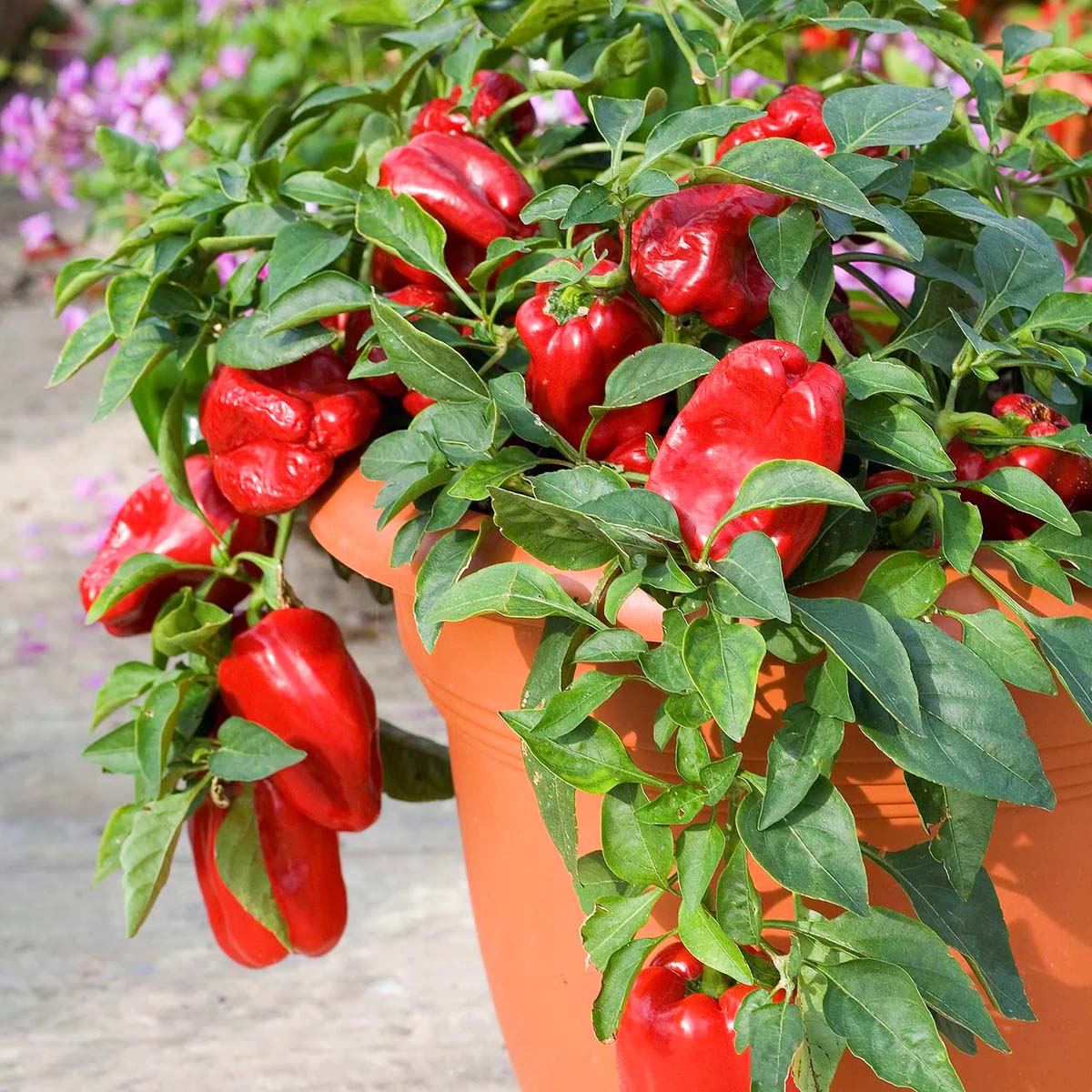








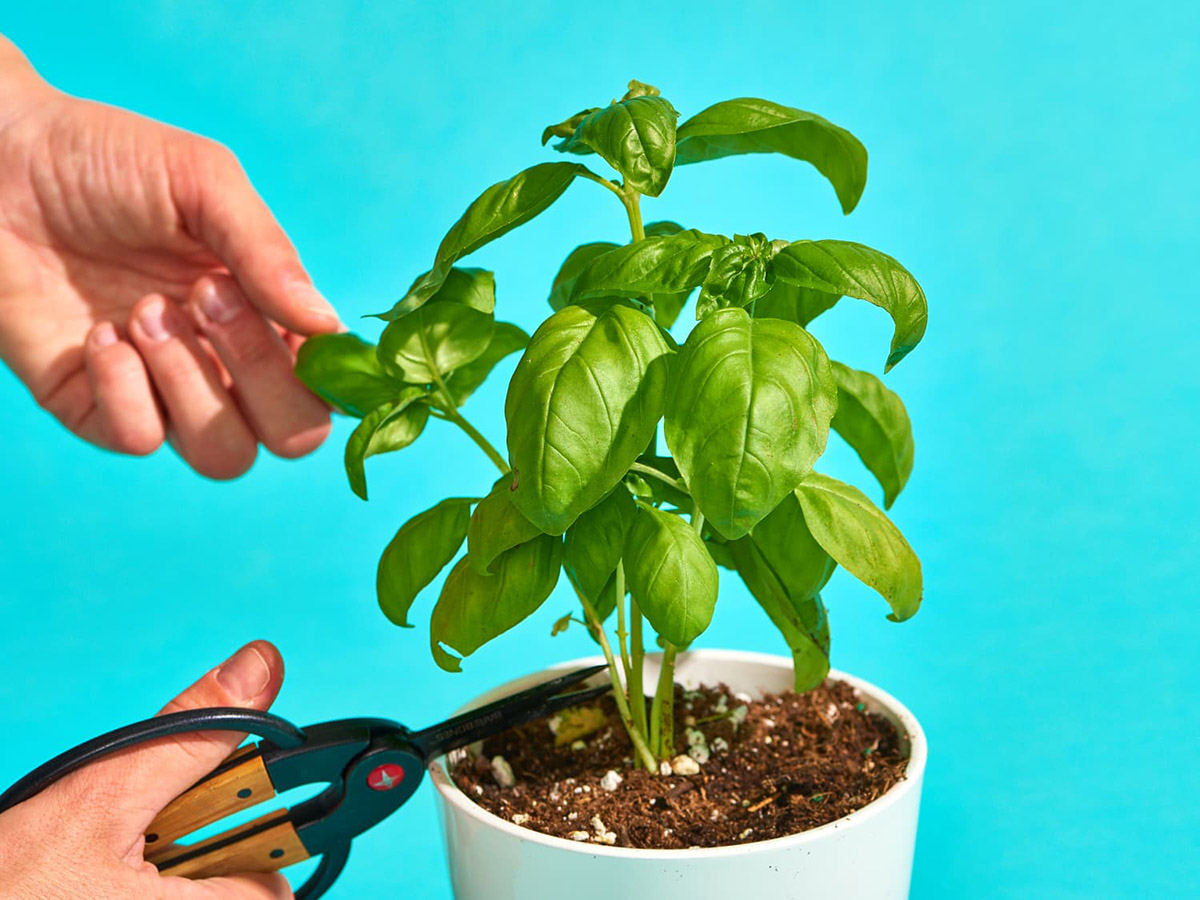
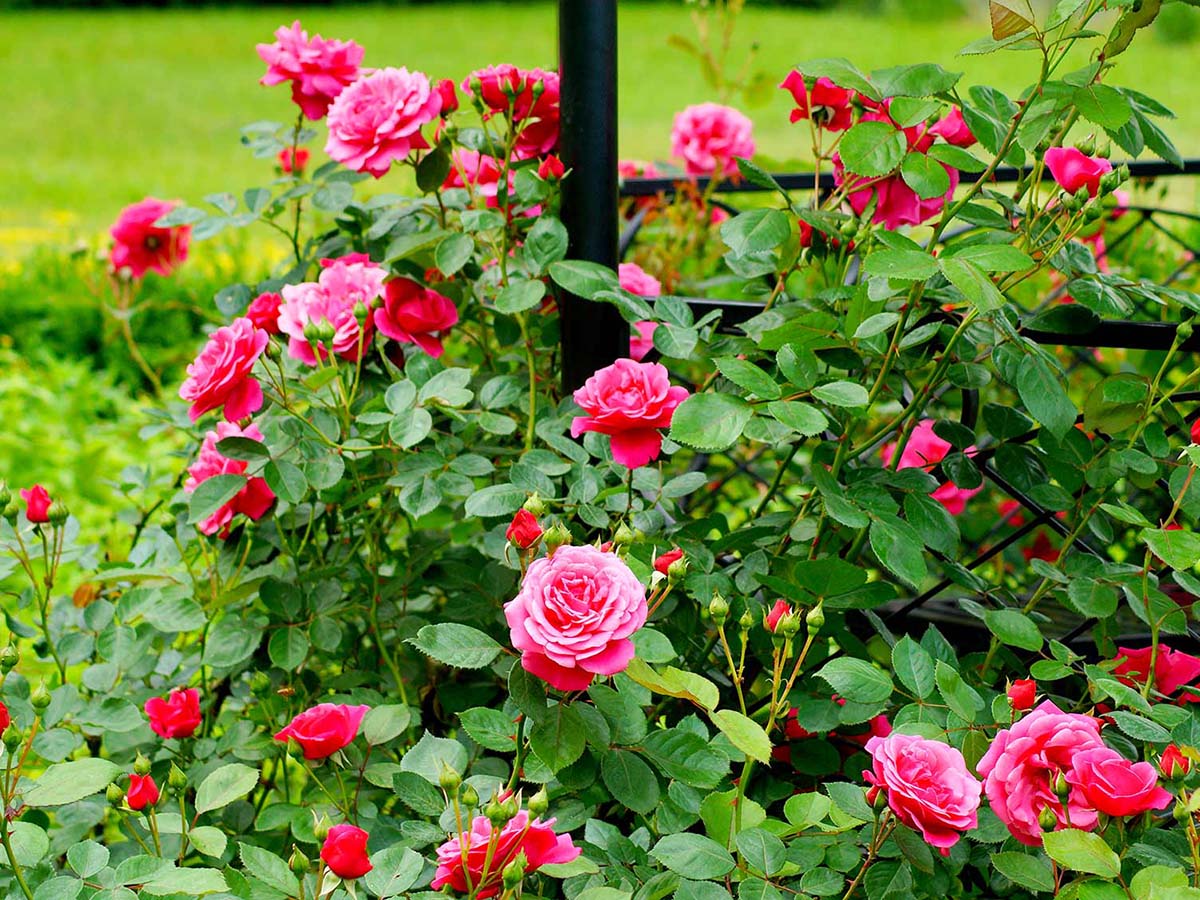
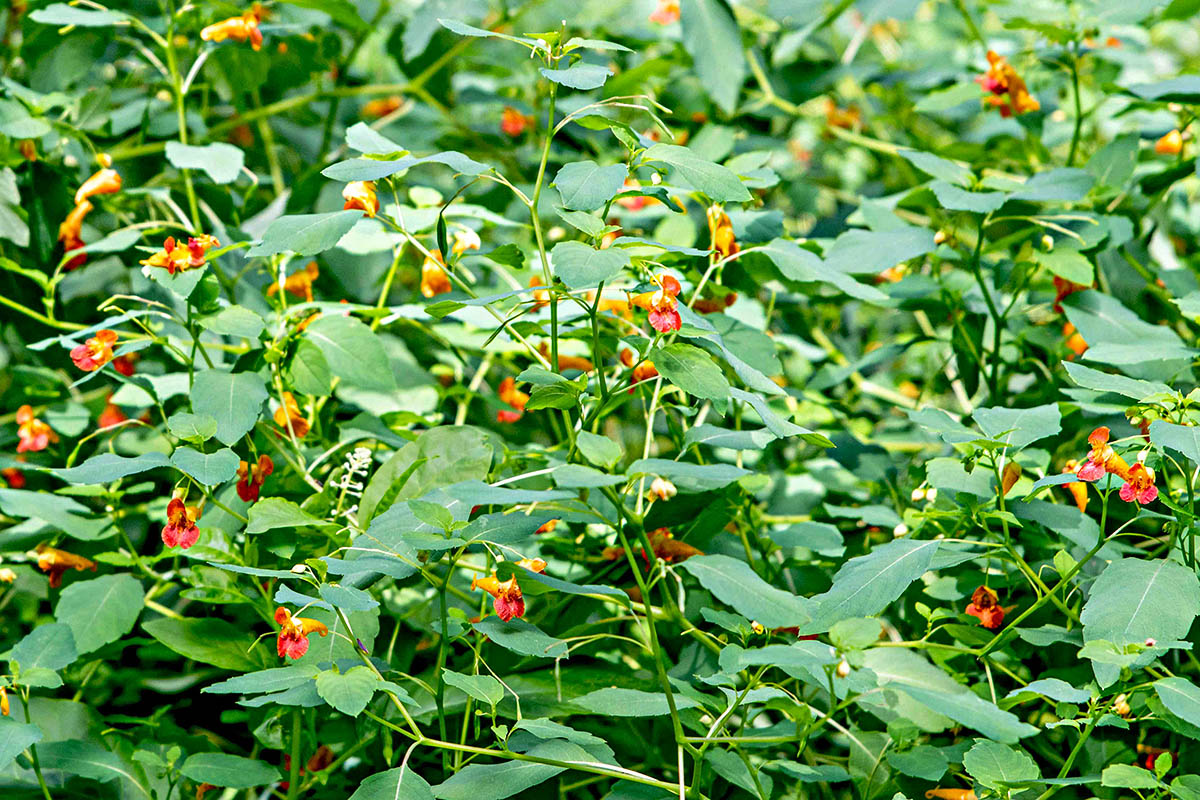
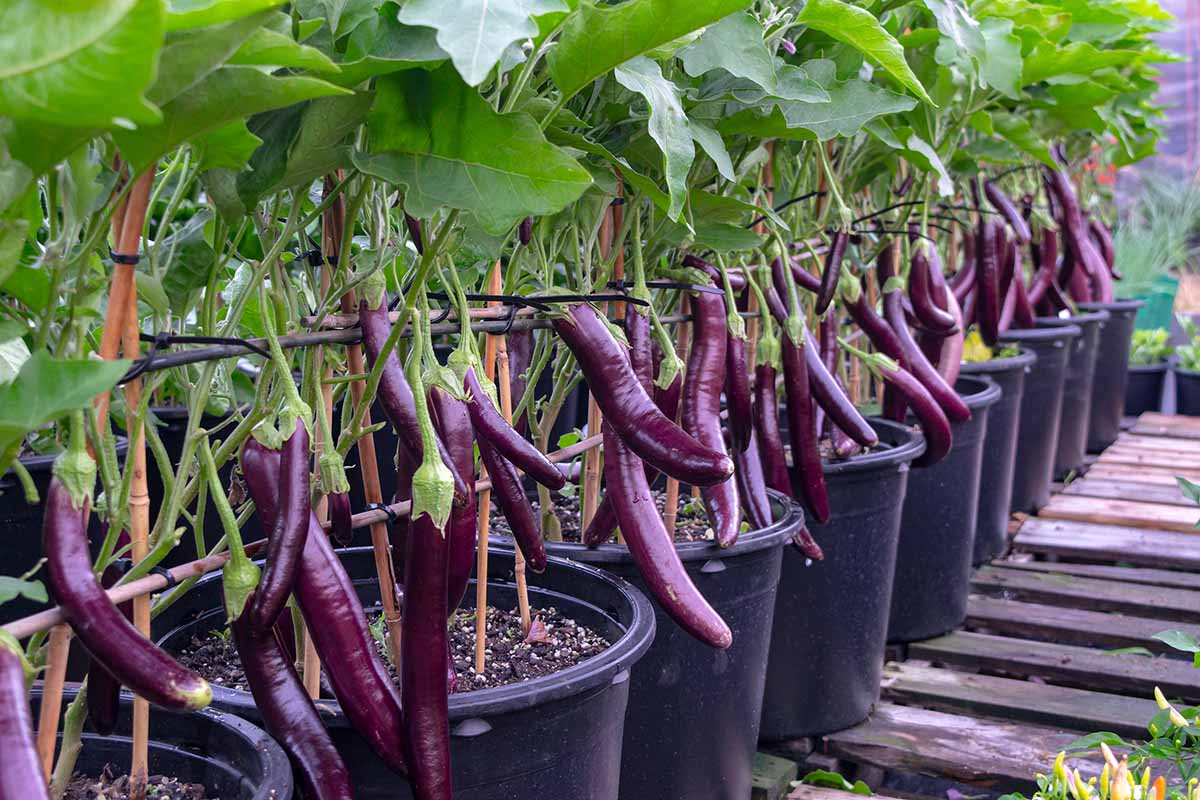
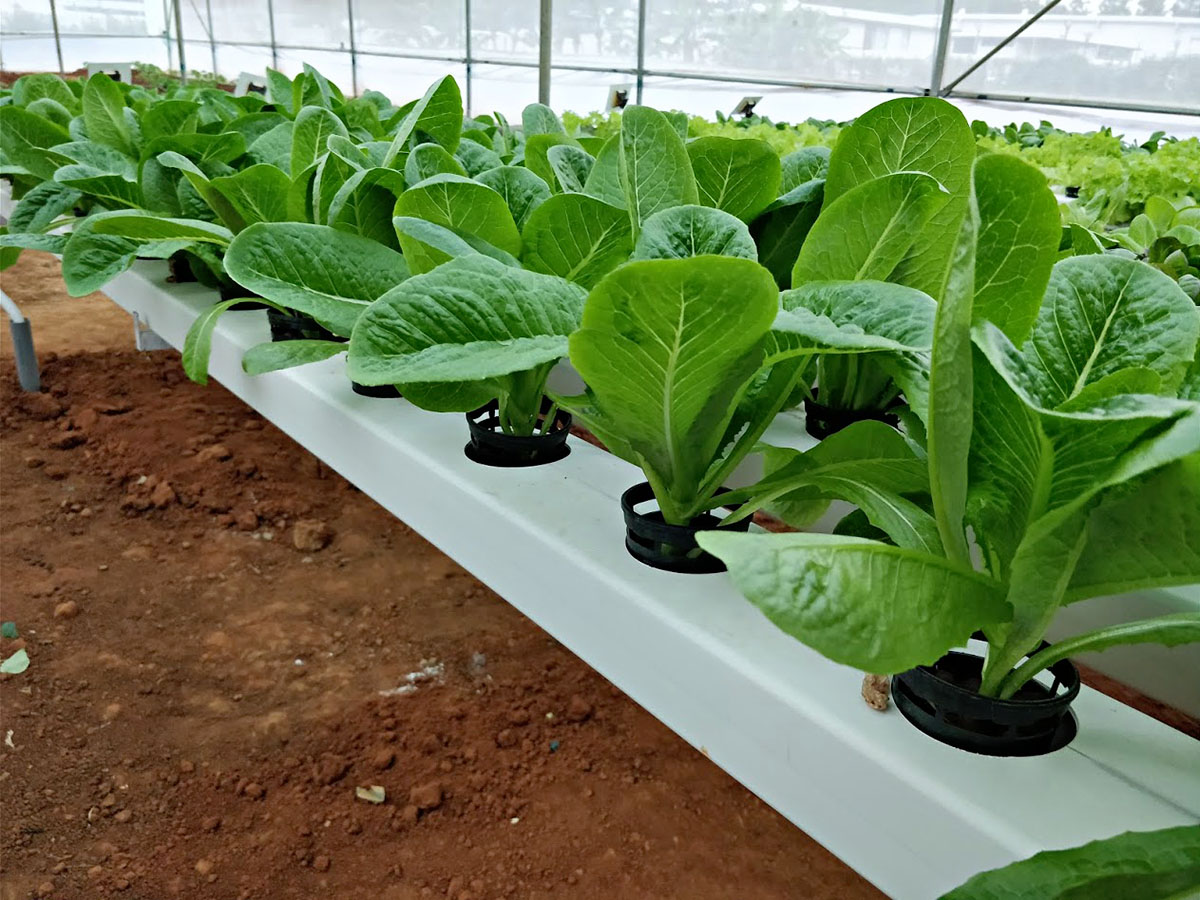

0 thoughts on “How Long Does It Take Banana Peppers To Germinate”